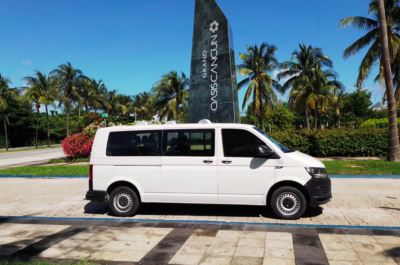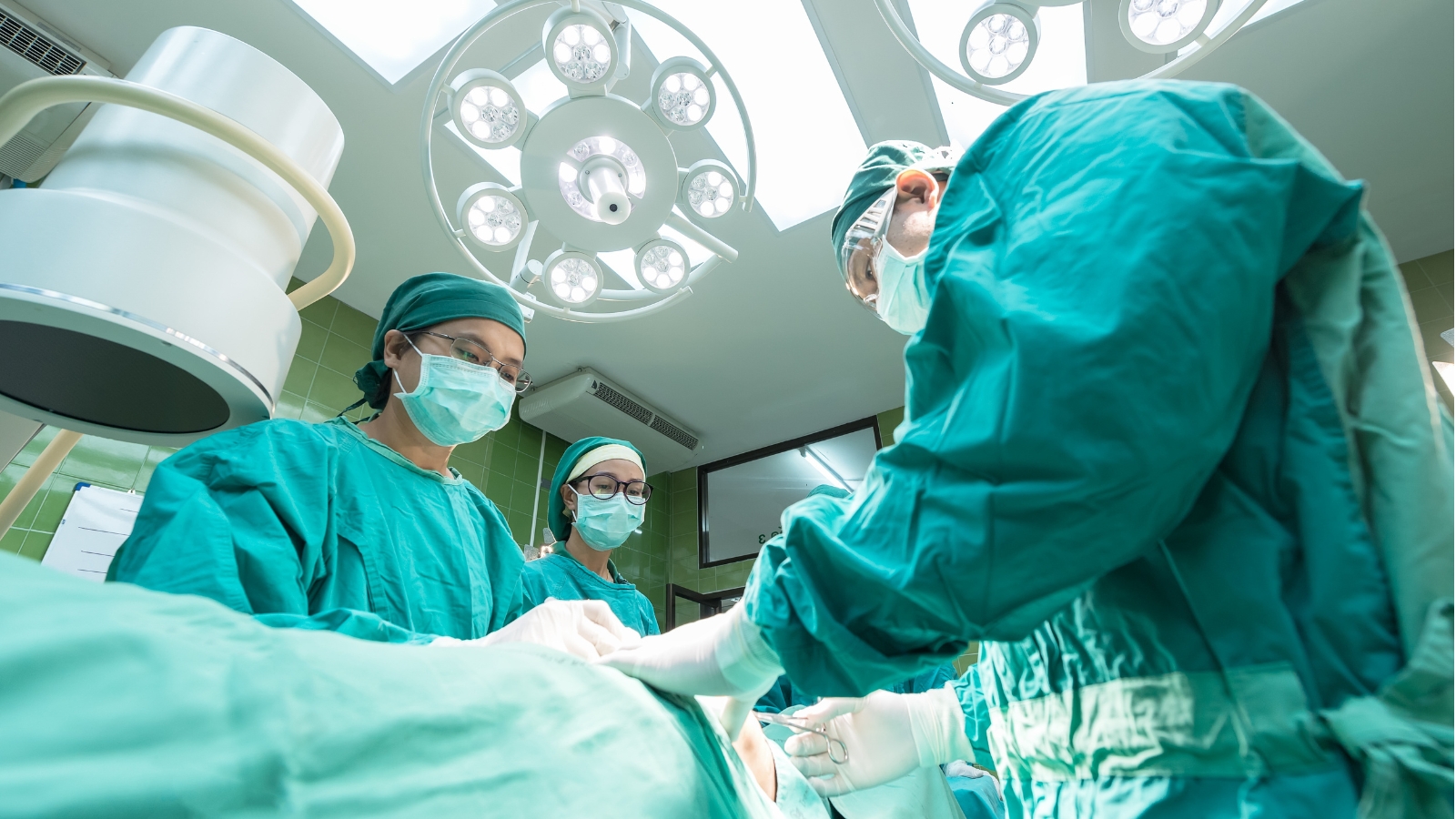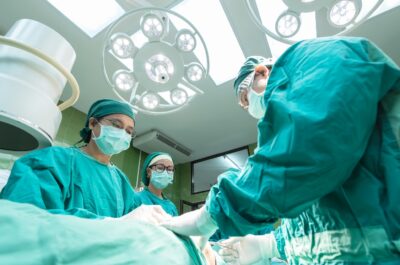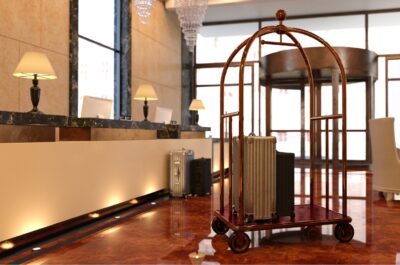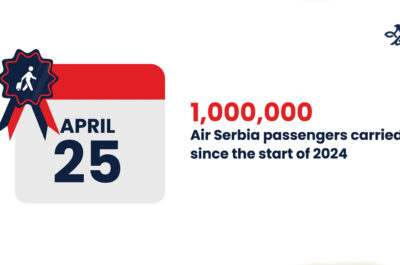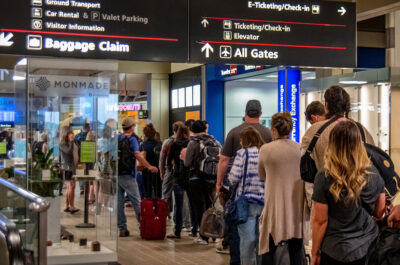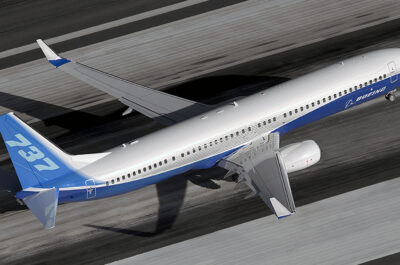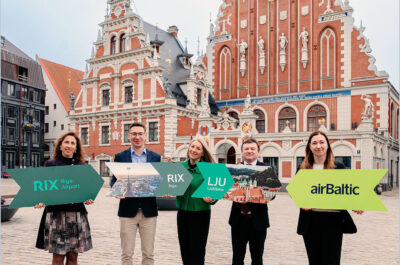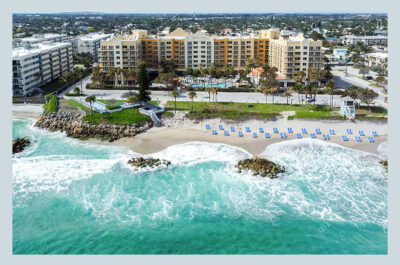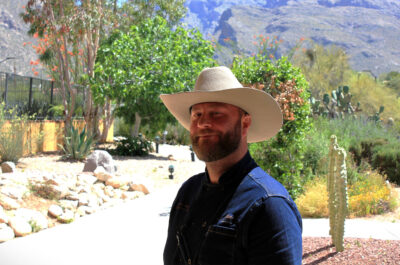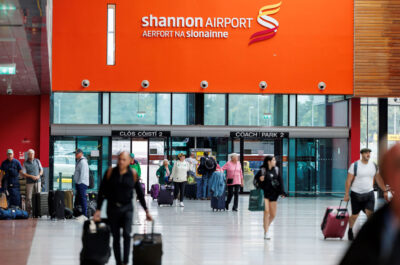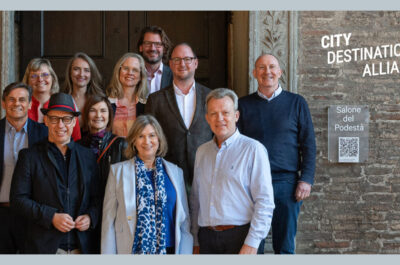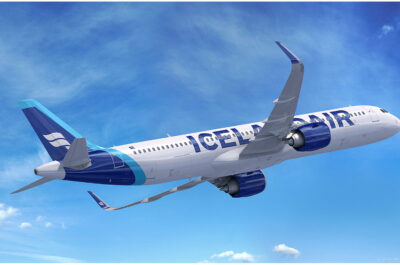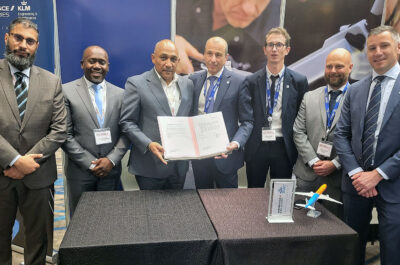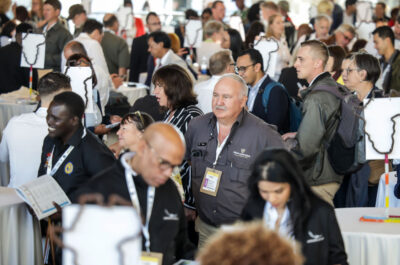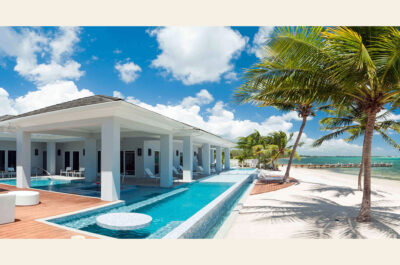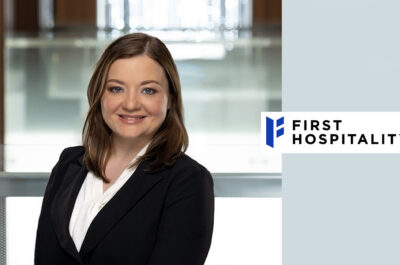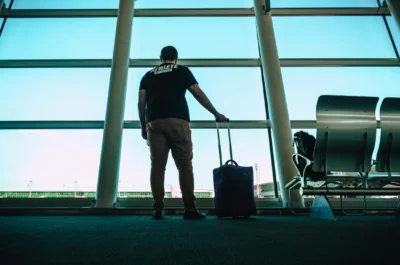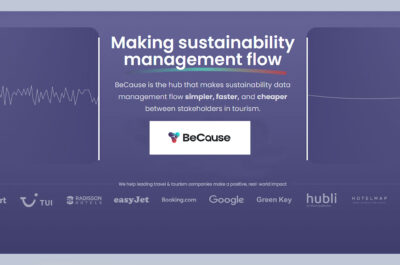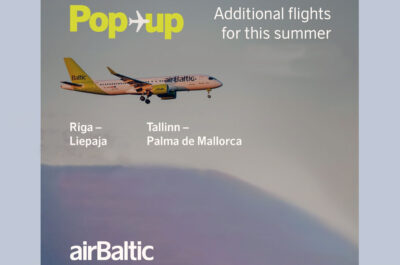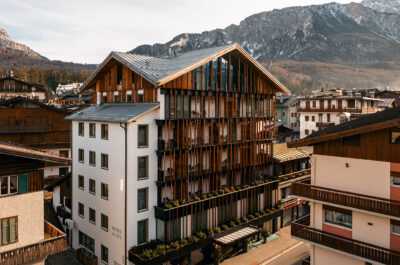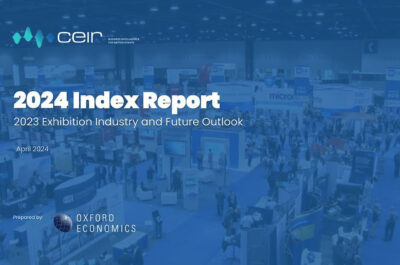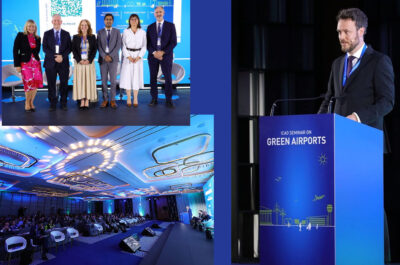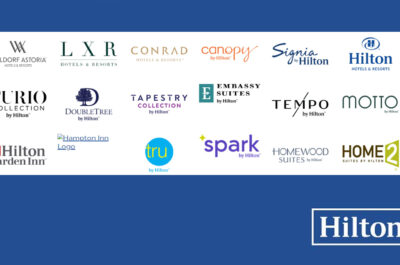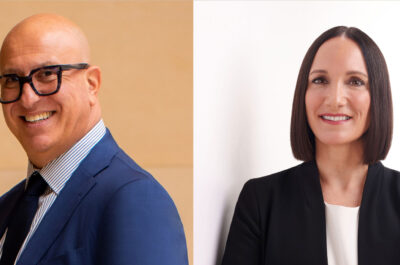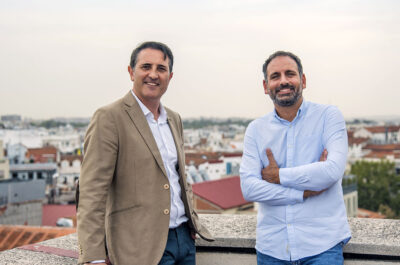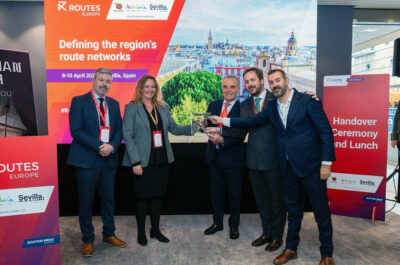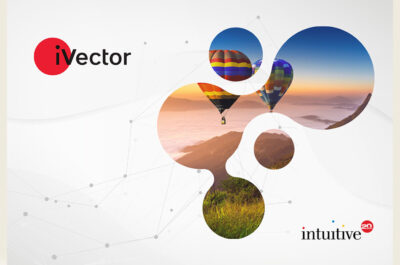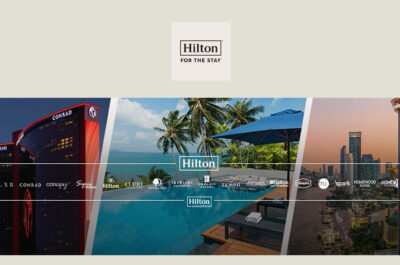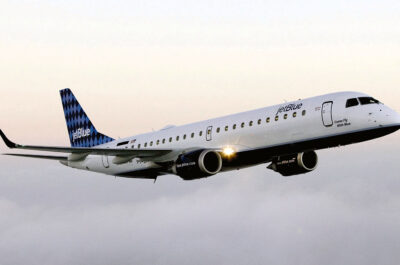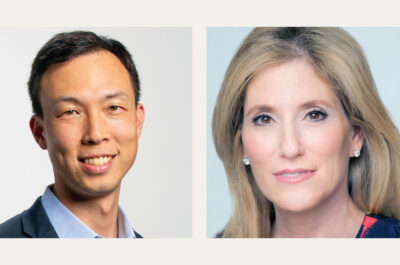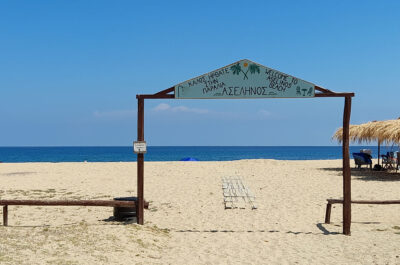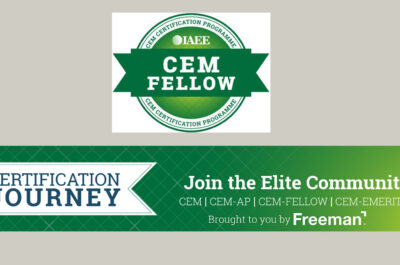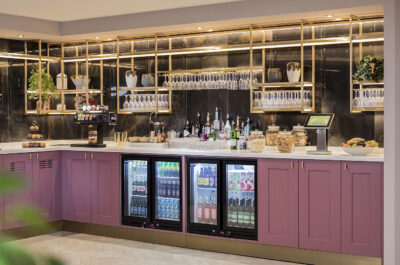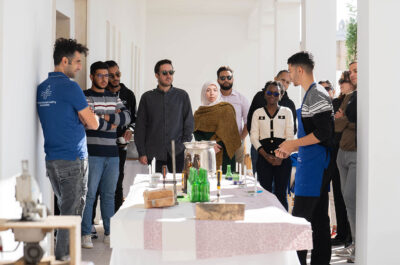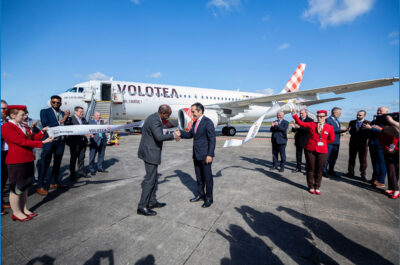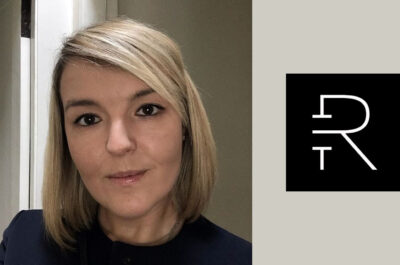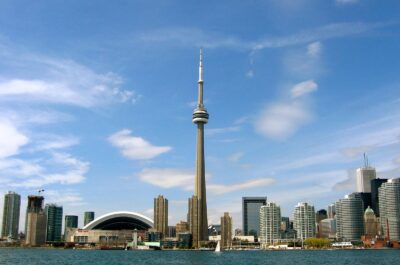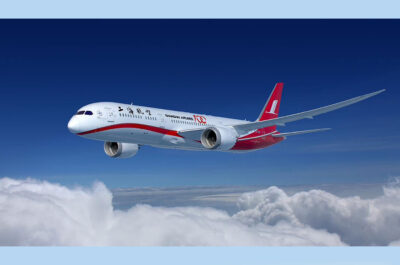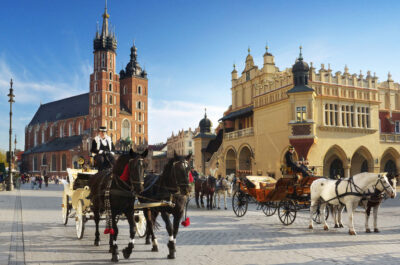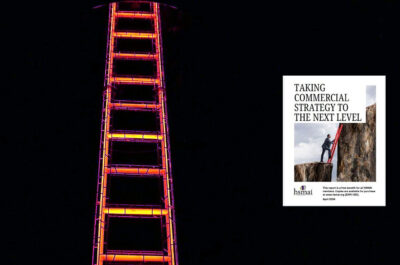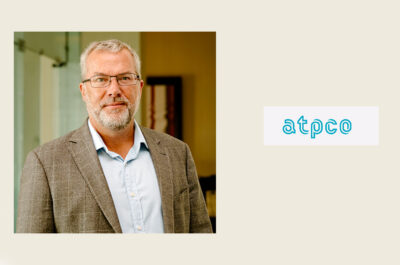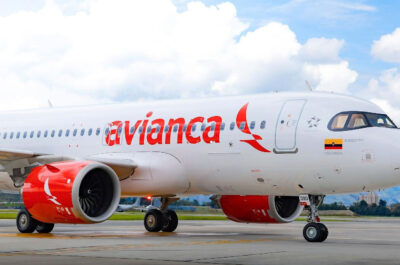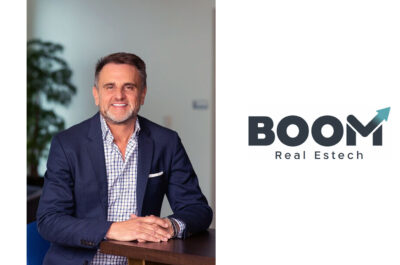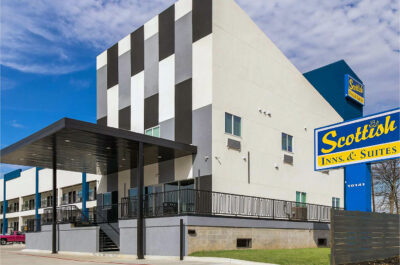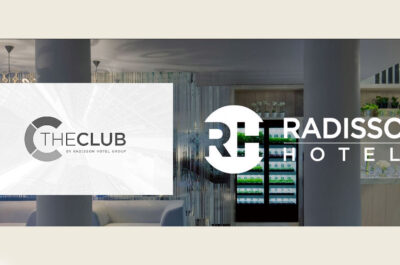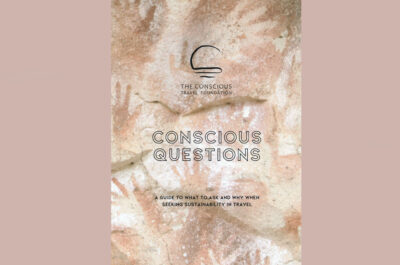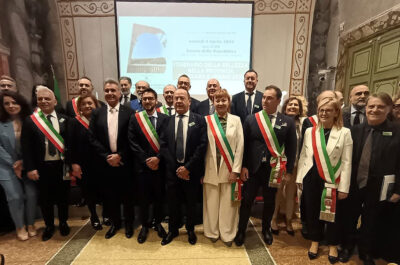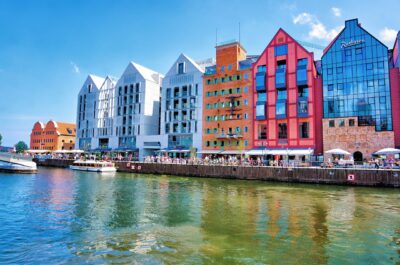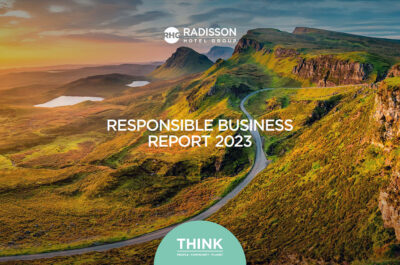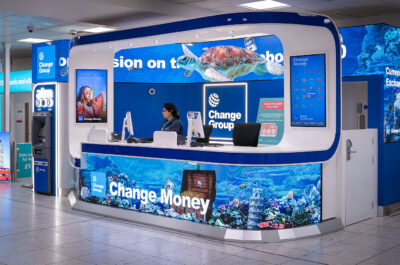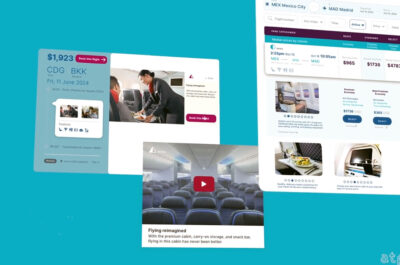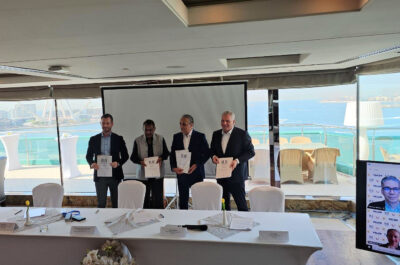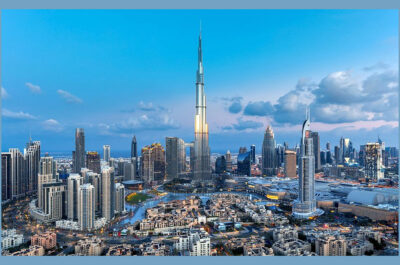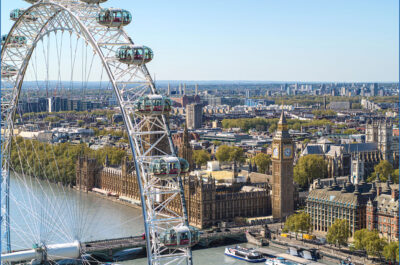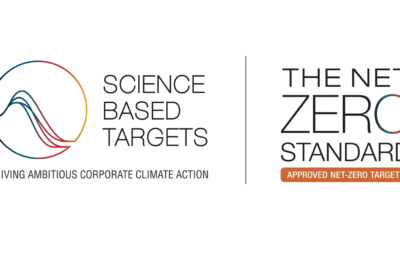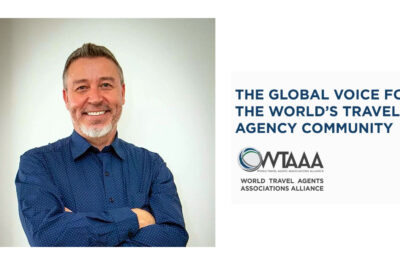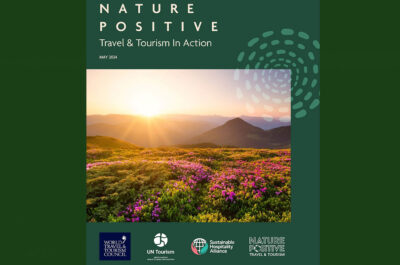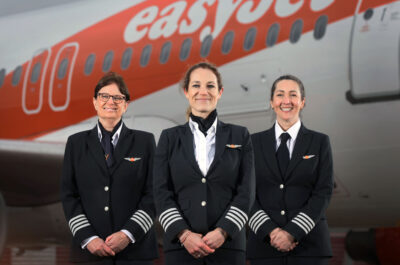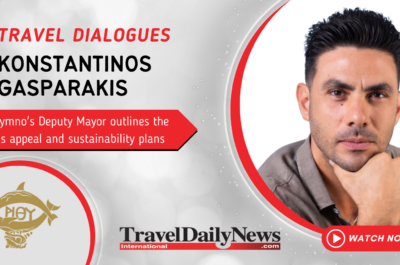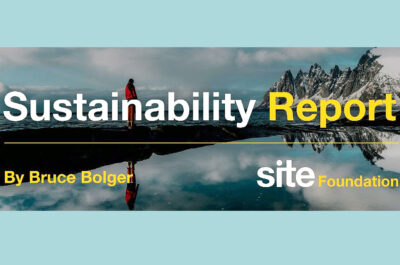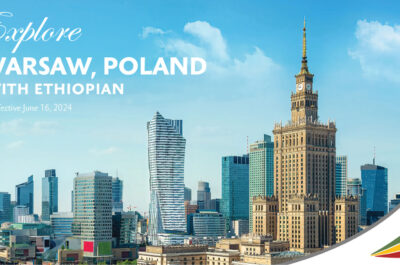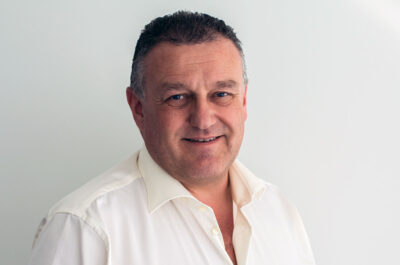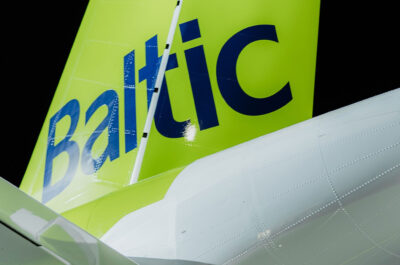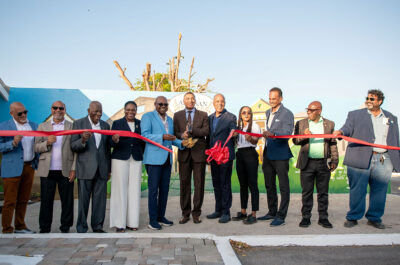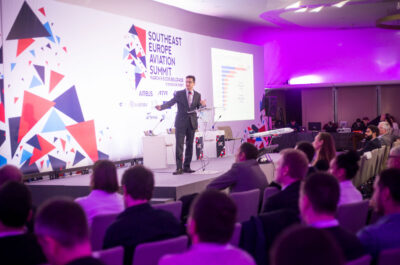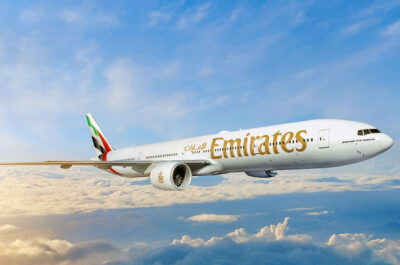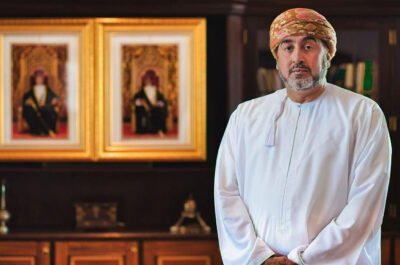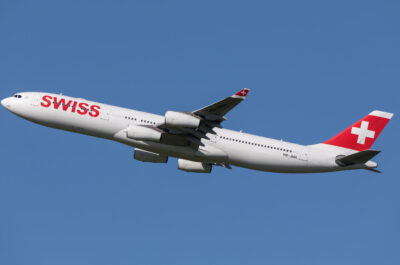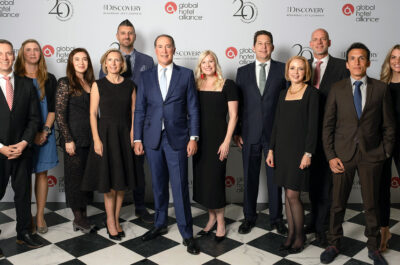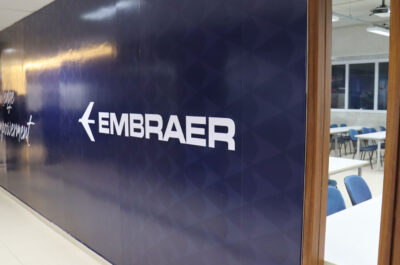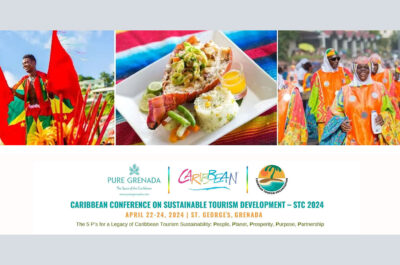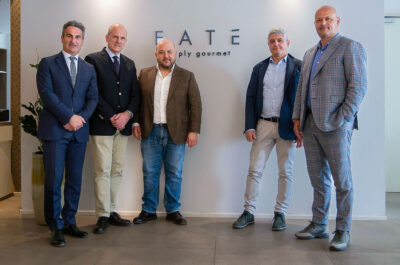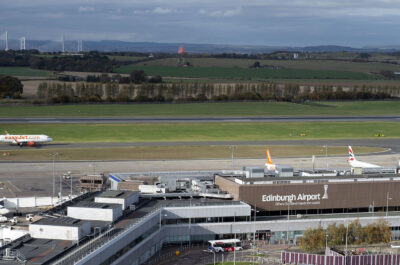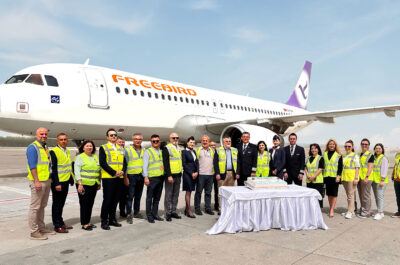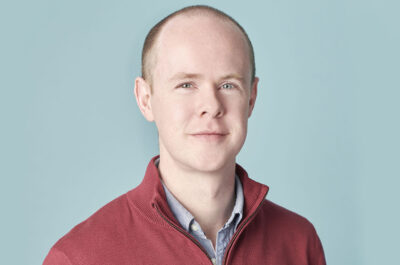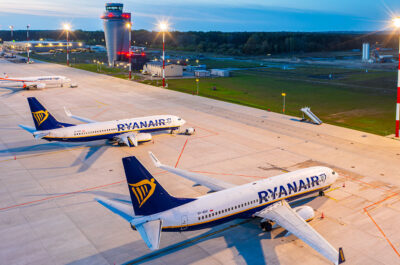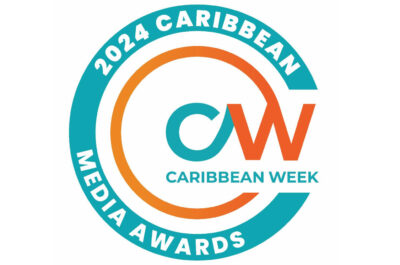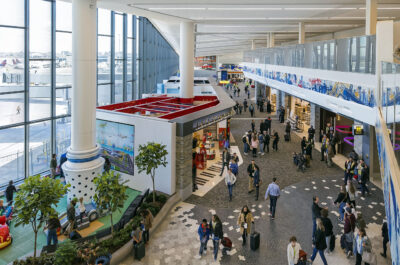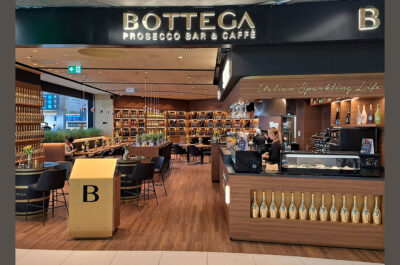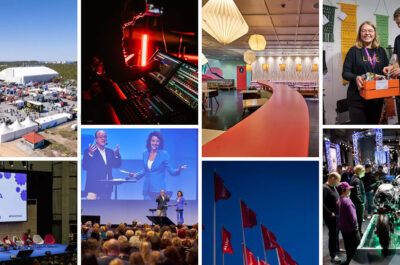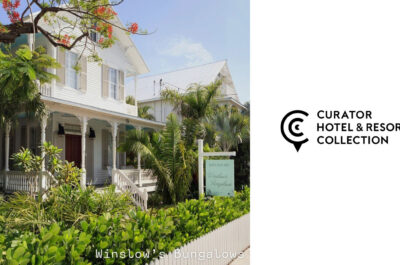Patients who cannot afford the high prices of healthcare frequently decide to go to regions of the country where the cost of the medication is low, creating several prospects for intrabound medical tourism.
According to Future Market Insights‘ report, the market size for intrabound medical tourism was valued at US$ 20.6 million in 2023, and it is anticipated to thrive at 10.20% annually to reach US$ 54.4 million by 2033.
Healthcare Globalization Driving the Demand for Intrabound Medical Tourism
The main factors influencing the rise in intrabound medical tourism are cost, consumerism, quality, and the country’s economic development. Further, the demand for intrabound medical tourism may expand as health insurers and patients begin to use cost and performance data to exploit regional differences in cost, quality, customer satisfaction, and waiting times.
Healthcare globalization has an influence on domestic medical tourism. The development of the intrabound medical tourism industry is influenced by a variety of variables, including affordability, technology, demand, and change.
What are the Obstacles in the Global Intrabound Medical Tourism Market?
The Lack of Quality Treatment
Risks related to local medical treatment are connected to intrabound medical tourism. Depending on the hospital and the country’s area, where standards for medical care, diagnosis, and treatment may differ, the quality of post-operative care might be devastating and vary drastically.
Climatic Variations
The severity of the illness might worsen as a result of regional climatic variation, which could worsen the effects on patients. It is convenient for the medical faculty to treat the patients, since they know the patients well thanks to their familiarity and their relationships with them.
Ethical Concerns
The unlawful procurement of organs and the illegal transplantation of tissues provide further ethical concerns for the intrabound medical tourism market. The patient may not be aware of the circumstances, which might have negative consequences that cause the patient to suffer.
These are some of the factors that are hampering the growth of the intrabound medical tourism market.
2018 to 2022 Global Intrabound Medical Tourism Outlooks Compared to 2023 to 2033 Forecast
The market witnessed a growth trajectory of 9.20% between 2018 and 2022. Further, the global intrabound medical tourism market witnessed a steady increase in demand from 2018 to 2022. Factors such as rising healthcare costs, long waiting times for medical procedures, and the availability of advanced healthcare facilities within specific regions contributed to this growth.
Patients within their own countries found it advantageous to travel to other regions or cities for medical treatment due to factors like affordability, access to specialized services, and familiarity with the local language and culture.
Looking ahead, the forecast for the period from 2023 to 2033 indicates a positive outlook for the global intrabound medical tourism market. With ongoing advancements in healthcare infrastructure, technology, and supportive policies, the market is expected to witness further expansion.
The forecast period presents opportunities for collaboration between healthcare providers, travel agencies, and other stakeholders in the tourism industry. Also, the focus on enhancing the quality and accessibility of healthcare services, as well as ensuring patient safety, might be crucial in sustaining the growth of the intrabound medical tourism market.
Country-Wise Insights
Which Country in North America Holds the Major Market Share?
The Unitdominates the intrabound medical tourism market in the North America region with a value share of 16.0% in 2022.
People in America are embracing the advantages of medical tourism. Although there is a lack of information on intrabound medical tourism, it is largely believed to exist. Also, individuals who are self-referred or physician-referred based on perceived and/or demonstrated specialized expertise have an impact on the patient volumes of top cancer centers (e.g., Mayo, Hutchinson, MD Anderson, Hopkins), research hospitals (e.g., Washington University St. Louis, Massachusetts General, Stanford, Mt. Sinai), and many other specialty hubs.
The United Resource Network of United Healthcare and the Centers of Excellence for transplants and bariatric surgery of Aetna are two examples of health insurers that have promoted intrabound medical tourism in the United States.
What Is the Outlook of the Intrabound Medical Tourism Market in India?
India’s intrabound medical tourism industry is anticipated to expand at a rate of 13.0% during the predicted period due to its superior healthcare services and rising healthcare spending.
Medical tourism is a novel concept in India. India’s excellent healthcare system and economical healthcare are encouraging demand for intrabound medical tourism in the area. Moreover, intrabound medical tourism is rising as a result of infrastructure upgrades, super specialized hospitals, and investments in the healthcare industry.
India is recognized as one of the top destinations for medical tourism due to the country’s accessibility to qualified medical personnel, low pricing, high-quality service and language, minimal wait times, and rich cultural history. Due to these causes, India is currently witnessing significant growth rates in the medical tourism sector, which has a substantial effect on GDP.
In India, where 70% of people reside in rural regions, a lack of access to adequate healthcare facilities was the main impetus for people to go to metropolitan areas for medical care. Therefore, the amount of medical travel outside of the country was substantially great in metropolitan areas than in rural ones.
Why Is the Intrabound Medical Tourism Sector Increasing in the United Kingdom?
The United Kingdom is showing all signs of a leading market with its transformative 15.0% CAGR between 2023 and 2033.
The medical tourism industry has expanded to become a multi-billion-dollar industry during the last fifteen years. Some of the most well-known experts in neuromusculoskeletal medicine are found in the United Kingdom. As a result, the United Kingdom has become a hub for cutting-edge orthopedic treatments and therapies.
The United Kingdom’s intrabound medical tourism business draws patients with difficult and unusual orthopedic conditions. With outstanding, global renowned facilities, the United Kingdom has long been one of the leaders in the field of medical research. Consequently, the nation today has highly competent professionals from a variety of medical specialties, including well-known experts.
The medical tourism industry in the country is a productive one due to the influx of high-net-worth medical tourists seeking treatment for a range of ailments in the United Kingdom. The key to increasing demand for intrabound medical tourism is to provide these clients with a luxurious experience, in addition to top-notch care during and after treatment.
Category-Wise Insights
The Cosmetic Treatment Segment Holds a Significant Share of 19.0% in the Intrabound Medical Tourism Market.
Patients seeking cosmetic enhancements, such as plastic surgery, dermatological procedures, and non-surgical aesthetic treatments, contribute to the growth of this segment.
Cosmetic treatments have gained popularity among medical tourists due to factors like advanced technology, skilled healthcare professionals, competitive pricing, and the desire for aesthetic improvements. Also, patients often travel to specific destinations known for their expertise in cosmetic procedures, where they can access high-quality treatments and achieve their desired aesthetic goals.
Which Services Avail the Global Intrabound Medical Tourism?
The wellness services segment holds a prominent share of 35.0% in the intrabound medical tourism market. With increasing awareness and emphasis on holistic well-being, medical tourists are seeking destinations that offer a wide range of wellness services to enhance their physical, mental, and emotional health.
The growing demand for wellness services in the intrabound medical tourism market can be attributed to several factors. Firstly, individuals are increasingly recognizing the importance of self-care and seeking ways to manage stress, improve their mental well-being, and achieve a healthier lifestyle. Further, wellness services provide them with the opportunity to relax, rejuvenate, and develop sustainable wellness habits.
Competitive Landscape
The key to staying successful in the industry is expanding the company’s worldwide footprint and offering end-to-end services. The secret to maintaining the competitive advantage in the market is to cater to the customer demands, such as the visa application process, lodging, travel, and consulting.
Numerous internet services have been developed to simplify the intrabound medical tourism process. Online travel providers have made improvements to their Web sites, making it easy to identify hotels that are near to popular hospitals, and some hotels are even providing specialized training for employees who care for medical tourists.
For Instance:
In April 2021, HexTransforma Healthcare announced Brit-Med, a cutting-edge platform for medical tourism, to enable patients all throughout the world to search for, contrast, and obtain the appropriate treatment.
A two-session training program called Caring for the Traveler was provided by Medical Tourism Training Inc. of Massachusetts in 2009 at the Ramada Plaza Herradura in Costa Rica.
For innovation and new services, Bumrungrad International Hospital, Bangkok Hospital Group, Fortis Medical Group, and a few other institutions have established benchmarks.
These insights are based on a report on Intrabound Medical Tourism Market by Future Market Insights.
Vicky is the co-founder of TravelDailyNews Media Network where she is the Editor-in Chief. She is also responsible for the daily operation and the financial policy. She holds a Bachelor's degree in Tourism Business Administration from the Technical University of Athens and a Master in Business Administration (MBA) from the University of Wales.
She has many years of both academic and industrial experience within the travel industry. She has written/edited numerous articles in various tourism magazines.






